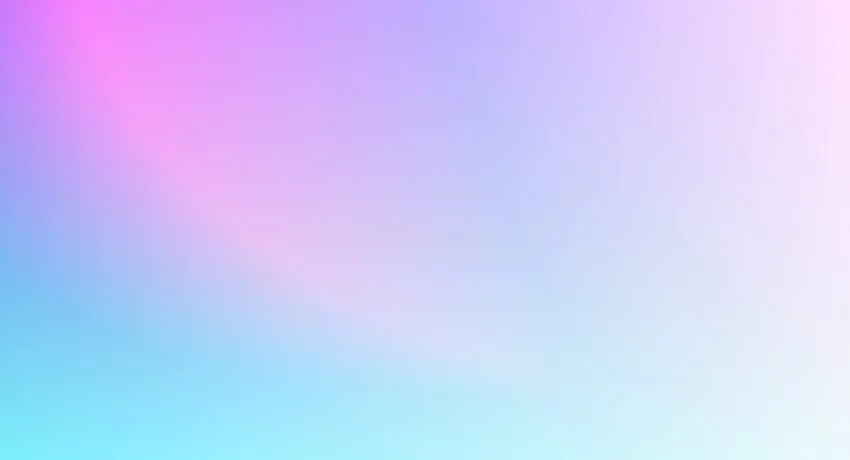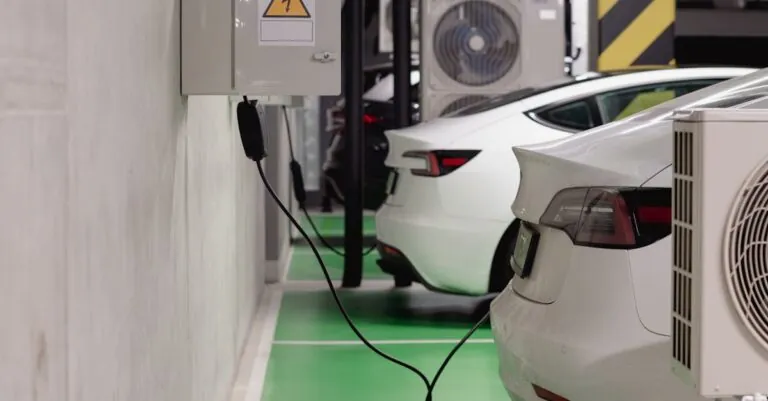Imagine a world where your wildest design dreams come to life in vibrant colors, all thanks to multicolor 3D printing. Gone are the days of bland, monochrome creations that look like they belong in a museum of missed opportunities. With this cutting-edge technology, creativity knows no bounds. Whether it’s a playful toy or a stunning piece of art, multicolor 3D printing lets creators add that extra flair that makes their work pop.
But wait, there’s more! This isn’t just about aesthetics; it’s about revolutionizing industries. From prototyping to personalized gifts, multicolor 3D printing is changing the game, making it easier and more fun to bring ideas to life. So buckle up and get ready to explore the colorful world of 3D printing, where every layer tells a story and every hue sparks joy.
Table of Contents
ToggleOverview of Multicolor 3D Printing
Multicolor 3D printing employs various materials and techniques to create vibrant and intricate designs. This technology enables the incorporation of multiple colors into a single print, allowing for visually stunning outcomes. Different methods, such as inkjet and extrusion printing, contribute to diverse results in the 3D printing landscape.
In the world of product design, multicolor 3D printing facilitates quick prototyping, enhancing the visual appeal of models. Notable industries benefiting from this innovation include fashion, automotive, and healthcare. Designs that incorporate color can reduce the need for additional painting or finishing, saving both time and resources.
Additive manufacturing techniques commonly used in multicolor 3D printing include fused deposition modeling (FDM) and PolyJet printing. FDM uses thermoplastic filaments that can be combined to achieve multicolored prints, while PolyJet technology allows for high-resolution printing with intricate details.
Additionally, the technology encourages personalized gifts and décor items, appealing to consumers’ desire for unique, customized products. Those who use multicolor printing often create items such as phone cases, toys, and intricate architectural models. Material advancements play a crucial role, as they provide better adhesion and color accuracy, further enhancing the final product.
Overall, multicolor 3D printing transforms traditional manufacturing processes, driving innovation and creativity across multiple fields. With each new development, the possibilities for applications and designs continue to expand, promoting a culture of continuous improvement in the industry.
Technology Behind Multicolor 3D Printing
Multicolor 3D printing utilizes advanced materials and techniques to create stunning designs. Understanding filament types and printing techniques reveals the essence of this innovative technology.
Filament Types
Variety in filament types significantly impacts multicolor 3D printing. PLA, ABS, and PETG are common choices, each offering distinct properties. PLA is biodegradable and easy to print, making it suitable for beginners. ABS provides strength and durability, ideal for functional prototypes. PETG combines flexibility and toughness, enhancing wear resistance. Many printers also support specialty filaments, such as TPU for flexibility or composite materials to simulate various textures. Color additives in filaments enable vibrant designs, contributing to visual appeal and customization.
Printing Techniques
Printing techniques play a crucial role in achieving multicolor results. Fused Deposition Modeling (FDM) is widely used and deposits layers of melted filament that fuse together. This method allows for multiple extruders to create complex color patterns. PolyJet printing also stands out, utilizing inkjet technology to apply liquid resin layer by layer. It offers high resolution and detail, enabling intricate designs. Other techniques, like binder jetting and selective laser sintering, expand multicolor capabilities by allowing different materials to bond during the printing process. Each technique offers unique advantages, promoting creativity and enhancing the possibilities in 3D printing.
Applications of Multicolor 3D Printing
Multicolor 3D printing finds extensive applications across various fields, showcasing its versatility and impact on creativity and industry.
Prototyping and Product Design
Prototyping benefits significantly from multicolor 3D printing technology. Designers create realistic models that showcase product features and aesthetics vividly. Customization becomes straightforward, allowing for adjustments in colors based on client feedback. Industries like automotive and consumer electronics capitalize on this technology, accelerating product development cycles. By reducing the need for additional finishing processes, companies save time and costs. Moreover, the ability to simulate complex components and mechanisms improves overall design accuracy. Enhanced visual representation fosters better communication among stakeholders during the design process.
Art and Design
Artists embrace multicolor 3D printing to push creative boundaries. Sculptures and installations exhibit intricate details and vibrant color palettes, captivating the audience’s attention. Individual expression thrives through personalized creations, made possible by advanced printing techniques. Designers leverage this technology to craft unique décor items, attracting collectors and enthusiasts alike. Collaborative projects often incorporate multicolor elements, blending technology with traditional artistry. Furthermore, educational institutions encourage students to explore artistic concepts using this dynamic medium, inspiring future generations. Enhanced capabilities in art and design attract innovative thinkers, making multicolor 3D printing a significant force in contemporary creativity.
Benefits of Multicolor 3D Printing
Multicolor 3D printing offers numerous benefits that enhance creativity and efficiency across various industries. Notable advantages include enhanced aesthetics and cost efficiency.
Enhanced Aesthetics
Multicolor 3D printing elevates design quality by adding vibrancy and depth to products. Users enjoy visual appeal by utilizing various hues within a single print, creating intricate details that monochrome methods can’t achieve. Manufacturers can impress clients with lifelike models that accurately represent the final product. Artistic projects also thrive, showcasing unique sculptures and art pieces that captivate audiences. Consistent color accuracy improves brand representation, aligning products closely with consumer expectations. Ultimately, this enhanced aesthetic capability allows industries like fashion, automotive, and art to push creative boundaries while captivating potential customers.
Cost Efficiency
Cost savings become apparent when employing multicolor 3D printing methods. Businesses reduce the need for post-processing, which typically raises labor and material expenses. Industries benefit from streamlined production cycles, significantly lowering costs in prototyping and manufacturing. Utilizing fewer materials for assembly speeds up timelines and enhances overall efficiency. Customization options also lead to lowered inventory costs, as businesses can produce on-demand items tailored to customer specifications. Thus, multicolor printing emerges as a practical choice, merging creativity and financial viability for a variety of applications.
Challenges of Multicolor 3D Printing
Multicolor 3D printing presents several challenges that manufacturers and designers must navigate.
Material Compatibility
Material compatibility often poses a significant challenge in multicolor 3D printing. Different filament types such as PLA, ABS, and PETG exhibit varying properties that affect adhesion, flexibility, and durability. Filaments need to work together seamlessly for the final product to maintain integrity. Some materials might expand or contract during the printing process, leading to warping or adhesion issues. Compatibility issues can also arise with different printing techniques, such as FDM and PolyJet, where specific filament properties may not perform optimally. Addressing these challenges requires a deep understanding of material behavior and rigorous testing to ensure successful results.
Print Quality Control
Print quality control becomes crucial in the realm of multicolor 3D printing. Variations in color accuracy and layer adhesion can impact the visual appeal and structural integrity of finished products. Maintaining consistent temperatures and flow rates for different colors helps mitigate these issues. Troubleshooting print head alignment and ensuring even color distribution are essential steps in achieving high-resolution outputs. Regular calibration and maintenance of equipment further enhance print quality. Quality control processes should also include post-print inspection to identify defects that could compromise the finished design. Effective print quality management leads to superior products that meet client expectations and industry standards.
Conclusion
Multicolor 3D printing stands at the forefront of innovation and creativity. It not only enhances the visual appeal of designs but also reshapes industries by making prototyping and personalization more accessible. As technology advances and materials improve, the potential for unique creations expands. This dynamic medium encourages exploration and artistic expression, allowing designers and artists to push boundaries like never before. The integration of multicolor printing into various fields promises to transform traditional manufacturing processes while fostering a culture of continuous improvement. Embracing these advancements opens up a world of possibilities where imagination can thrive.




